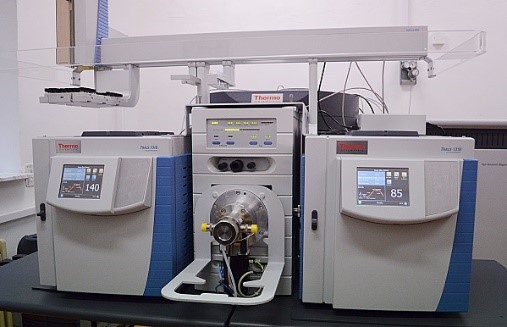Dioxins and Dioxins-like PCBs analysis
Jul 17, 2020
The term dioxins is often used to cover both polychlorinated dibenzo-p-dioxins (PCDD) and polychlorinated dibenzofurans (PCDF), a group of 210 chemical substances, out of which 17 are of high toxicological concern. They belong to the group of persistent organic pollutants (POPs), together with the polychlorinated biphenyls (PCBs) and polyaromatic hydrocarbons (PAHs).
Dioxins and PCBs are consistently monitored substances characterized by their dangerous toxic properties, difficult degradation and accumulation in the environment. Up to 90% of human exposure to dioxins results from the consumption of food containing dioxins, mainly foodstuffs of animal origin with a high fat content.
Maximum levels for food and feed
 The Commission Regulation (EU) No 1259/2011 of 2 December 2011 amending Regulation (EC) No 1881/2006 as regards maximum levels for dioxins, dioxin-like PCBs and non dioxin-like PCBs in foodstuffs.
The Commission Regulation (EU) No 1259/2011 of 2 December 2011 amending Regulation (EC) No 1881/2006 as regards maximum levels for dioxins, dioxin-like PCBs and non dioxin-like PCBs in foodstuffs.
The Commission Regulation (EU) No 277/2012 of 28 March 2012, as regards maximum levels and action thresholds for dioxins and polychlorinated biphenyls in feed.
ALS Czech Republic operates a state-of-the-art laboratory performing ultra-trace analyses PCDD/F and other POPs by high resolution gas chromatography – high resolution mass spectrometry (HRGC-HRMS).
All dioxin testing procedures are validated and accredited according to international norms and standards:
- key staff sharing up to 30 years of experience in the field of MS and POPs determination;
- regular participation in Inter-laboratory Comparisons with excellent results;
- up to 30,000 analyses per year in a wide range of matrices incl. environmental samples, water, food, feed, vegetation and unique matrices such as industrial products (dyes, pigments, organic intermediates).
For more information, please contact us by tel.: +420 226 226 998
or by e-mail: czsupport.food@alsglobal.com.

